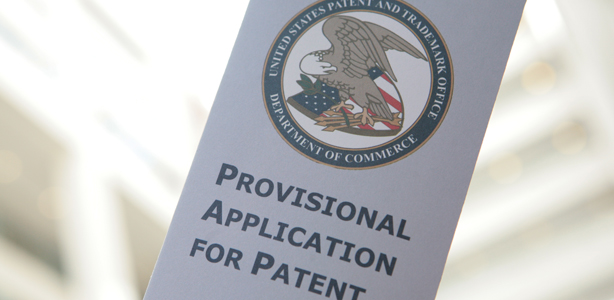Difference Between Provisional and Non-Provisional Patent
Provisional vs Non-Provisional Patent
Knowing the difference between provisional and non-provisional patent, the two types of patent, is helpful to those who are planning to apply for patent for their creation. Patent is a form of protection provided for an invention or creation. Patents are a set of rights that is granted to the inventor or creator from an authorized government body for a set period. Once a patent is granted this gives the holder of the patent the exclusive rights over a particular invention that is covered by the patent. A patent makes sure that for a limited period, no one other than the patent holder can use, sell, offer to sell, make or import the invention, giving the patent holder a considerable advantage over their competitors. There are two types of patent applications known as provisional and non-provisional patent applications. The article offers a clear overview of both and explains the similarities and differences between the provisional and non provisional patent.
What is a Provisional Patent?
A provisional application is a much easier and low-cost option to file for a patent in comparison to the other option of filing for a non-provisional application. A provisional application can be filed with fewer formalities and documentation and is, therefore, quite easier and convenient method of filing for patent protection. However, provisional applications are not reviewed by the patent office and, therefore, will not become a patent at the end of the period of 12 months. A provisional application does not offer a complete protection for the invention and is temporary in nature. The reason for filing a provisional application is to secure the earliest possible filing date for a patent, and for the subsequent non-provisional patent application. Once a provisional patent application is filed, the inventor can say ‘patent pending’ for his innovation.

What is a Non-Provisional Patent?
A non-provisional patent application is an application to obtain a full patent protection for an invention. A non-provisional patent application is more complex and requires more forms and documentation to be completed. Once a non-provisional application is submitted, it is thoroughly reviewed by the patent office and by a patent examiner who will determine whether the invention is to be granted a patent or not. The non-provisional patent application must be filed within 12 months of filing a provisional patent application. In the event that the patent is then granted, the patent filing date is the date that the provisional application was filed and it will protect the invention for a number of years.
What is the difference between Provisional Patent and Non-Provisional Patent?
Provisional and non-provisional are types of patent applications. The main difference between the two is that a provisional patent offers only partial protection with a patent pending status, whereas a non-provisional patent application offers full patent protection. The inventor must file a non-provisional patent application within 12 months of the provisional application in order for the application to be reviewed by the patent office. The main reason an inventor files a provisional patent is to obtain the earliest possible filing date for a patent. Let’s say, for example, you have a superb idea for an invention that you are working on. You are quite confident about the idea and have solid evidence that the idea if developed could become a successful invention. You may then decide to file for a provisional patent application and secure a patent pending status for your invention until you work on it and complete it. This ensures that your invention is more valuable as it is now in documentation and you have a partial patent protection until you iron out the kinks, and apply for a non-provisional patent application. This also means that you can make a claim to your invention as detailed in the provisional application that you have filed.
Summary:
Provisional Patent vs Non-Provisional Patent
• A patent is a form of protection provided for an invention or creation.
• There are two types of patent applications known as provisional and non-provisional patent applications.
• A provisional application is a much easier and low-cost option to file for a patent. However, a provisional application does not offer a complete protection for the invention and is temporary in nature.
• The reason for filing a provisional application is to secure the earliest possible filing date for a patent and to obtain ‘patent pending’ status.
• A non-provisional patent application is an application to obtain a full patent protection for an invention. A non-provisional patent application is more complex and requires more forms and documentation to be completed.
Further Reading:
ncG1vNJzZmivp6x7pbXFn5yrnZ6YsqOx07CcnqZemLyue8OinZ%2Bdopq7pLGMm5ytr5Wau2680aitoquZpLuiuIyapZ1lpqh6r7vNZqerp6aewKq7zZqjZqiRqbKvwI4%3D